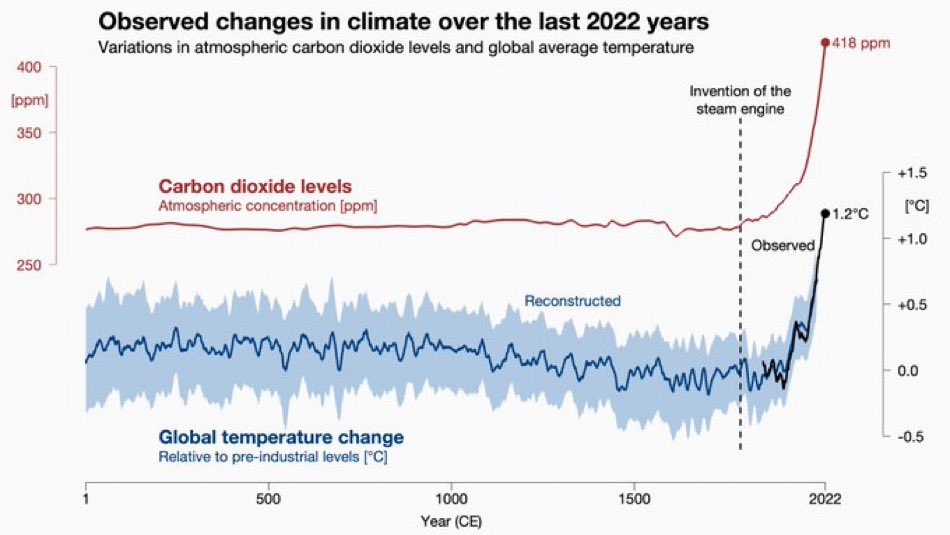CM, the argument isn't that oil has made useful things in the past and in the present.
The argument is that its continued use threatens to wipe out masses of humanity and make the planet unliveable.
For instance, do you even know how much microplastic is in your brain?
Its there, its in everyone. And its one of the suspected causes of dementia.
As a lover of oil products, do you eat edible oil all the time to show your support?
If not, you're not really a true believer in the power of oil and plastic.
AI Overview
Plastics and other synthetic materials derived from fossil fuels are used throughout computer manufacturing, from the exterior casing to internal components. These materials are chosen for their durability, low cost, and insulating properties.
Outer casing
The outer shell of a computer is typically made from a mixture of two durable, petroleum-derived thermoplastics:
Acrylonitrile Butadiene Styrene (ABS): This tough, impact-resistant plastic is easy to mold and is used for desktop computer housings, keyboard frames, and printer casings.
Polycarbonate (PC): Known for its strength and heat resistance, polycarbonate is often blended with ABS to create a lightweight, highly impact-resistant material for laptop casings and other enclosures.
Printed circuit boards (PCBs)
PCBs form the foundation of almost all electronic devices. They are constructed with materials made from fossil fuels, such as:
Epoxy resins: These thermosetting polymers are used as a substrate and an insulating layer for the fiberglass that makes up the bulk of a PCB. They are known for their high heat resistance, excellent electrical insulation, and strong adhesion properties.
Flame retardants: To prevent electrical fires, plastics in PCBs and casings are often treated with flame retardants, such as polybrominated compounds.
Internal components and wiring
Various other internal parts rely on fossil fuel derivatives for their insulating and protective qualities.
Capacitors: The dielectric material in some high-performance capacitors, historically used in power systems and telecommunications, was made from polycarbonate film.
Wiring and cables: The plastic insulation and sheathing that protect the thousands of wires inside and outside of a computer are made from materials such as polyethylene (PE) and polyvinyl chloride (PVC).
Electrical components: Smaller parts like connectors, switches, cable ties, and standoffs are often made of nylon or other plastic composites for electrical insulation and wear resistance.
Data storage
Optical discs: A major market for polycarbonate is the production of CDs, DVDs, and Blu-ray discs. These are made by injection-molding polycarbonate to form a transparent, durable disc with high optical clarity.










